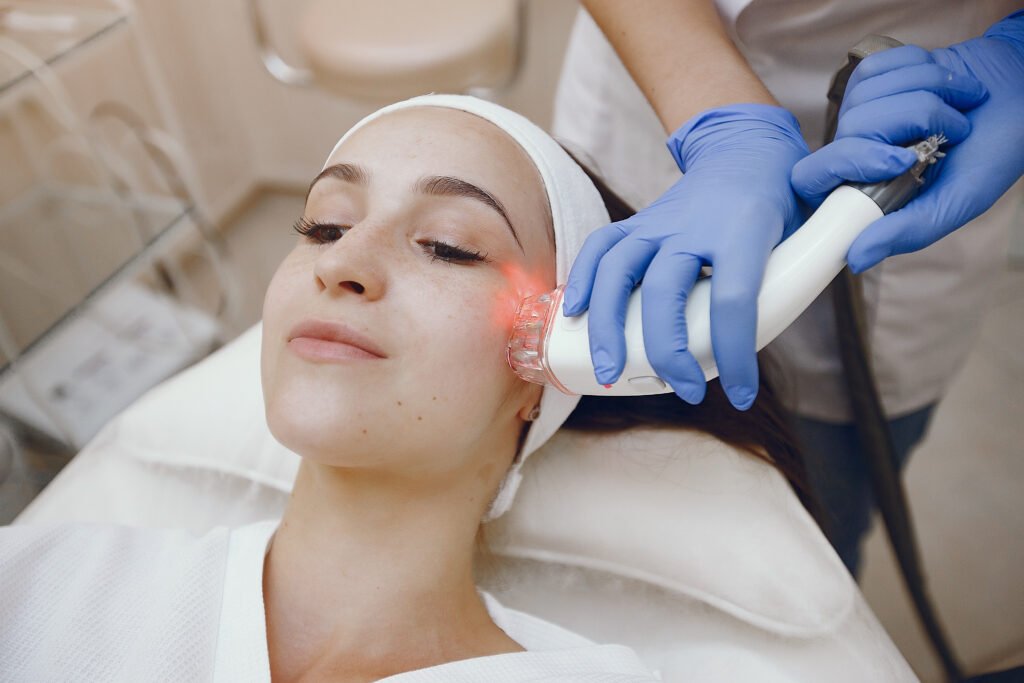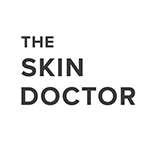- Home
- Services
Lichenoid Planus-Like Keratosis (LPLK)
A Parent’s Guide to Understanding, Treating & Caring for Your Child’s Skin
Molluscum contagiosum (MC) is a common, mild viral skin infection that primarily affects children but can also occur in adults. While it often resolves on its own, understanding its causes, risk factors, and treatment options—including the use of cantharidin 0.7%, LED and laser therapies, and appropriate skincare—can help manage the condition effectively.JAMA Network

🧬 What Is Molluscum Contagiosum?
MC is caused by the molluscum contagiosum virus (MCV), a member of the poxvirus family. It presents as small, dome-shaped, flesh-colored or pink bumps with a central dimple. Lesions can appear anywhere on the body, including the face, arms, legs, torso, and genital area. In children, they are often found in areas where skin rubs together, such as the armpits and inner thighs.Wikipedia+1SpringerLink+2SpringerLink+2
⚠️ Risk Factors
- Age: Most common in children aged 1–10 years.
- Skin Conditions: Higher prevalence in individuals with atopic dermatitis or eczema.
- Immune System: Weakened immune systems (e.g., due to HIV, organ transplants) increase risk.
- Hygiene Practices: Sharing towels, gym equipment, or swimming in contaminated water can facilitate spread.
- Autoinoculation: Scratching or touching lesions can spread the virus to other body parts.sec.gov+3Wikipedia+3SpringerLink+3jcadonline.comjaad.org+3Royal Children’s Hospital+3fsfhg.health.wa.gov.au+3
🧪 Causes & Transmission
MC is highly contagious and spreads through:JAMA Network
- Direct Skin-to-Skin Contact: Including sexual contact in adults.
- Fomites: Sharing personal items like towels or razors.
- Autoinoculation: Self-spread by touching or scratching lesions.MSD Manuals+9Wikipedia+9Royal Children’s Hospital+9
🩺 Treatment Options
- Cantharidin 0.7% (YCANTH®)
Cantharidin is a topical blistering agent that induces a localized blister at the site of application, leading to the destruction of the lesion. YCANTH® is the first FDA-approved cantharidin treatment for MC in patients aged 2 years and older.Ycanth+5Royal Children’s Hospital+5SpringerLink+5LiVDerm+13Ycanth+13CoLab+13
- Application: Applied by a healthcare professional every 3 weeks as needed.
- Efficacy: Clinical trials have shown significant improvement in lesion clearance.
- Side Effects: Common reactions include blisters, redness, itching, and pain at the application site.
- Precautions: Avoid contact with eyes and mucosal areas. YCANTH is flammable; avoid fire, flame, or smoking near the treated area during and after application until removed. ycanthpro.com+4IDStewardship+4MedicineNet+4SpringerLinkycanthpro.com+2U.S. Food and Drug Administration+2
- LED and Laser Therapies
- Laser Therapy: Utilizes focused light to destroy lesions. Effective for larger or more persistent lesions.
- LED Therapy: Employs specific wavelengths of light to promote healing and reduce inflammation. Emerging as a supportive treatment option.Klarity Health Library
- Topical Treatments
- Podophyllotoxin: Approved for use in adults; not recommended for children.
- Tretinoin & Tazarotene: Topical retinoids that may help in certain cases.
- Trichloroacetic Acid: A chemical cauterizing agent used in some treatment protocols. Wikipedia+10MedicineNet+10The Lancet+10Life Pathdoc+4SpringerLink+4Olansky Dermatology & Aesthetics+4
- Physical Removal
- Cryotherapy: Freezing lesions with liquid nitrogen.
- Curettage: Scraping off lesions.
- Electrocautery: Burning off lesions with heat.Wikipedia+15Semantic Scholar+15Dermatology Times+15jcadonline.com
These methods are typically used for larger or more persistent lesions but may cause scarring and are generally not recommended for younger children.
🧴 Skincare & Cosmeceuticals
Supportive Skincare
- Gentle Cleansers: Use mild, fragrance-free soaps to avoid irritation.
- Moisturizers: Apply regularly to maintain skin hydration and barrier function.
- Avoid Scratching: Discourage scratching to prevent autoinoculation and secondary infections.Melbourne Sexual Health Centre+1
Cosmeceuticals
- Tea Tree Oil: Has antimicrobial properties but may cause skin irritation.
- Salicylic Acid: A keratolytic agent that may help in some cases but can be irritating.
- Calendula Creams: May soothe the skin but lacks strong evidence for efficacy against MC.jcadonline.com
Always consult with a healthcare professional before using any cosmeceuticals, especially in children.
🧾 When to Seek Medical Advice
Consult a healthcare provider if:
- Lesions are widespread or persistent.
- There is significant discomfort or pain.
- Secondary bacterial infections are suspected.
- Lesions are near the eyes or mucosal areas.
- There is uncertainty about the diagnosis.fsfhg.health.wa.gov.auycanthpro.com
🛡️ Prevention Tips
- Hygiene: Regular handwashing and avoiding sharing personal items.
- Avoid Scratching: Discourage scratching to prevent spreading the virus.
- Covering Lesions: Use waterproof bandages when swimming.
- Regular Monitoring: Keep an eye on existing lesions and seek medical advice if they change in appearance.jcadonline.com+4Wikipedia+4Royal Children’s Hospital+4
